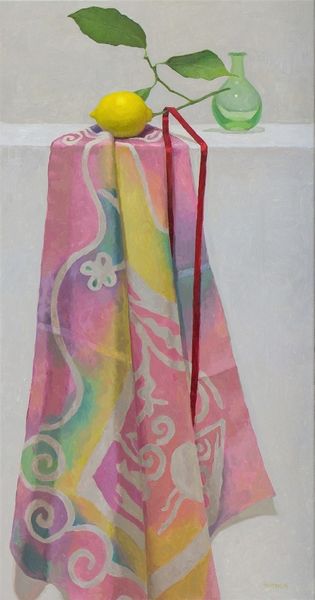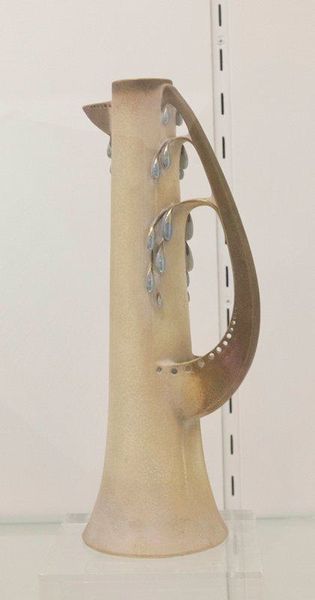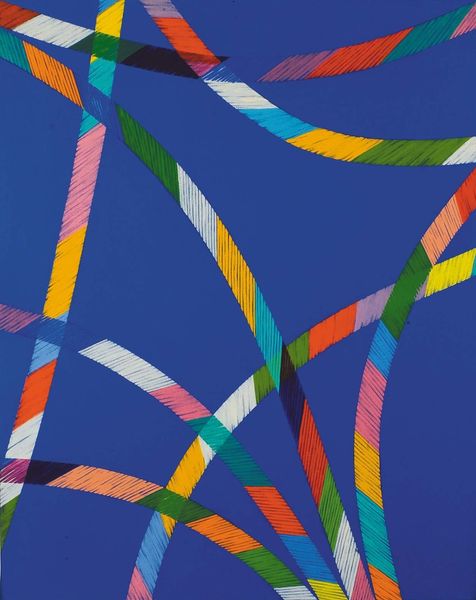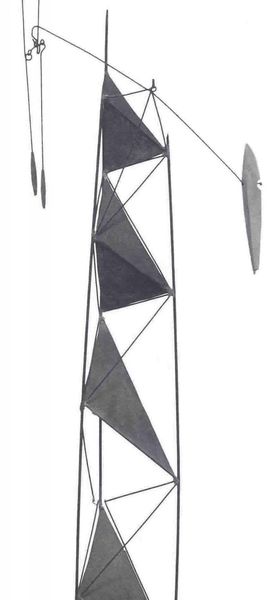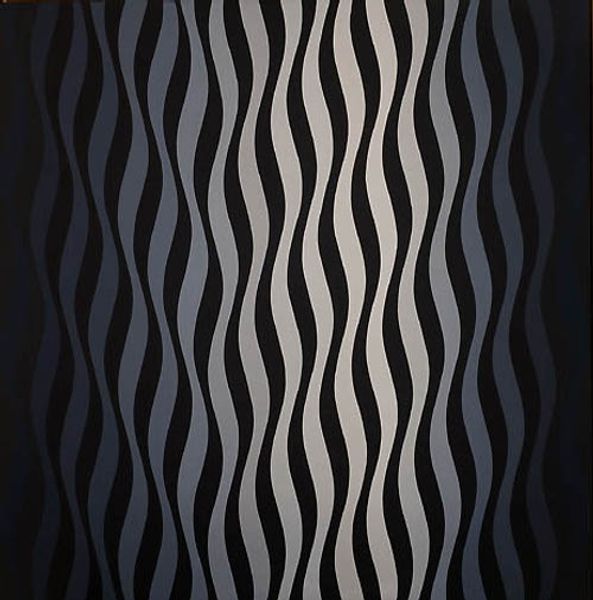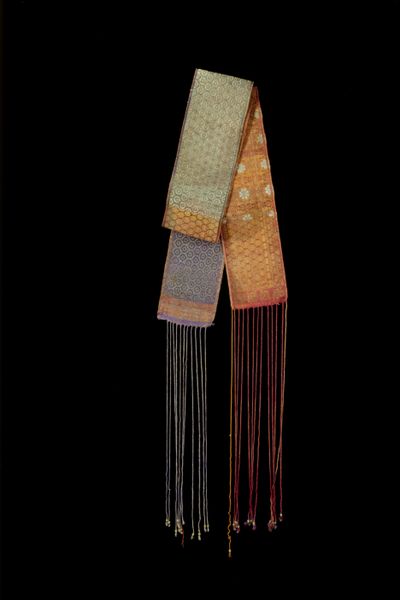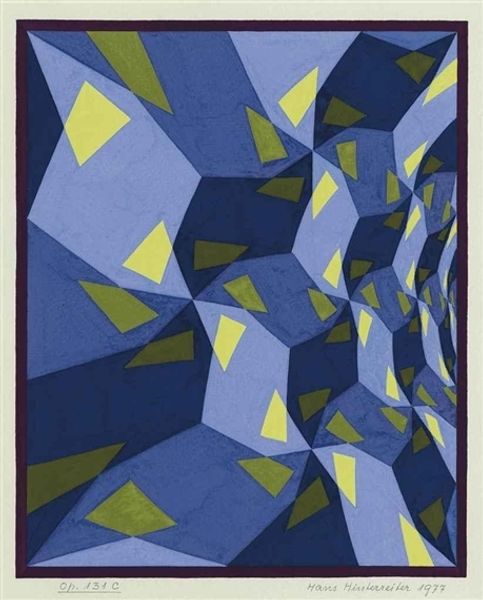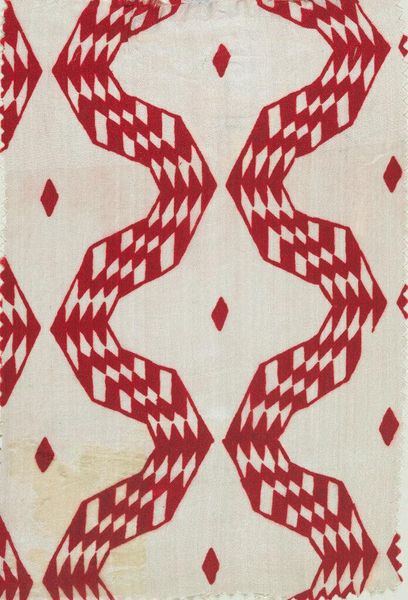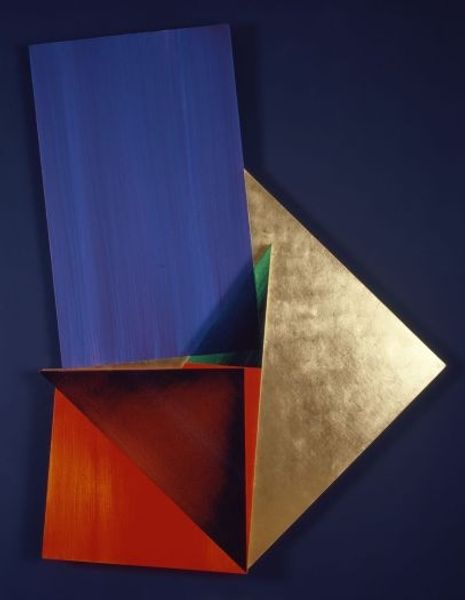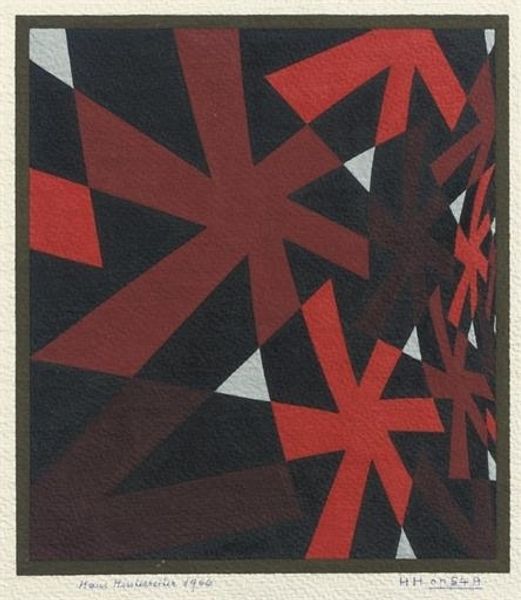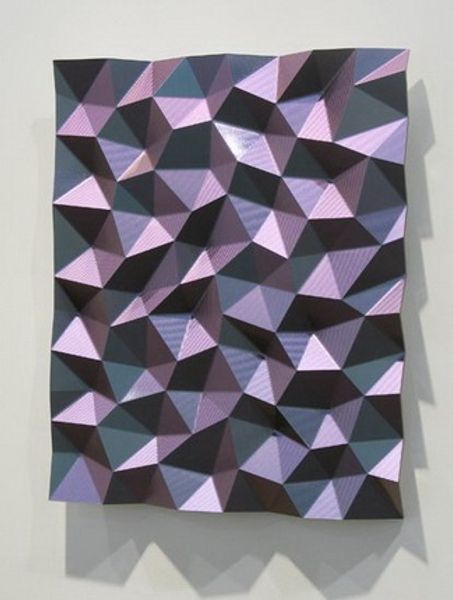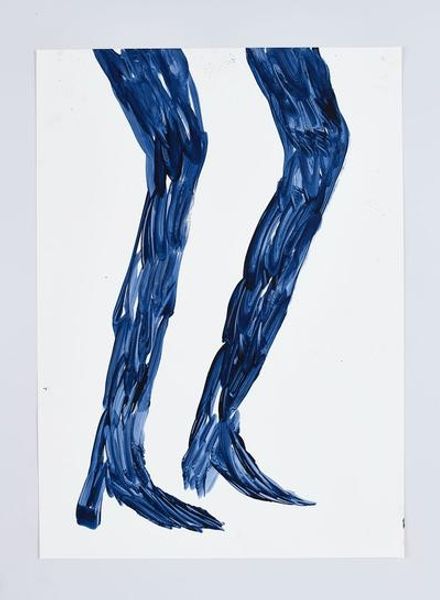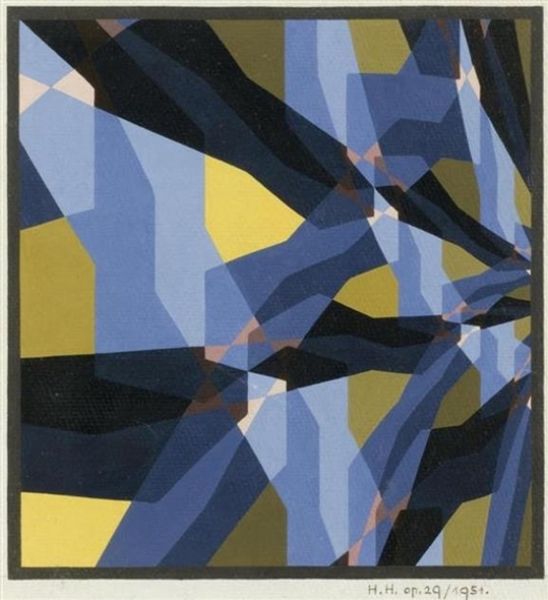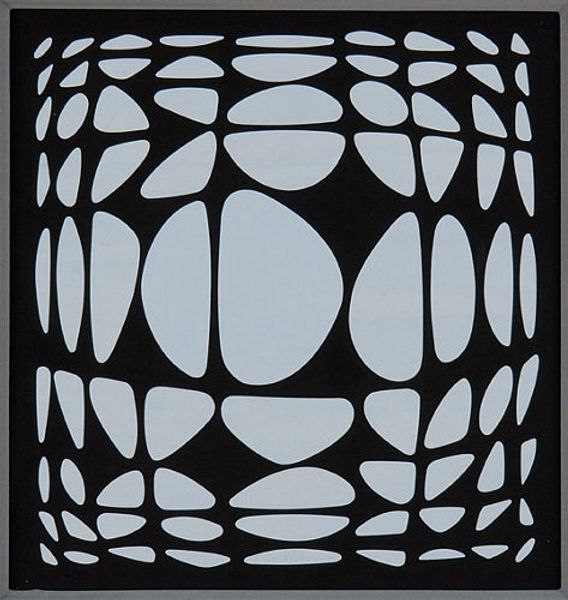
mixed-media, textile, ink, sculpture, installation-art
#
african-art
#
mixed-media
#
pattern
#
textile
#
geometric pattern
#
ink
#
geometric
#
sculpture
#
installation-art
Copyright: Yinka Shonibare,Fair Use
Curator: Here we have Yinka Shonibare's "Wind Sculpture III" from 2014, a mixed-media sculpture including ink, textile and fiberglass. Editor: My first impression is movement, or perhaps frozen movement. The colours and swirling patterns on the fabric give a dynamic energy to what is, in reality, a solid, static form. Curator: It does evoke the idea of capturing the ephemeral nature of the wind, doesn’t it? Shonibare frequently uses batik fabric in his work. Its intricate patterns carry a weight of cultural significance; rooted in trade and colonial histories, it's like a visual record. Editor: Absolutely. The Dutch wax cotton, originally mass-produced by Europeans imitating Indonesian batik, became a symbol of African identity and independence. Its appropriation and recontextualization by African artists speaks volumes about agency and self-determination. It’s visually beautiful but loaded with complex socio-political narratives about trade, imperialism, and cultural hybridity. Curator: And those geometric shapes play into that, echoing not only indigenous textile traditions but also connecting to wider, more global visual vocabularies. The form itself, twisting and turning, reminds me of classical sculptures depicting flowing drapery – Nike of Samothrace comes to mind. But, this is frozen mid-dance, creating a conversation between cultures. Editor: I see a poignant tension in that comparison, as Shonibare often infuses his art with this very contrast of classical European forms with African textiles. "Wind Sculpture III" seems to embody this post-colonial dialogue. By materializing wind with this particular textile, Shonibare questions not only Western artistic canon, but also our contemporary moment marked by movement and migration. It also reflects on cultural flows that shape who we are. Curator: It invites you to question where things originate, what stories they tell, and who gets to tell those stories. It really becomes a piece that prompts us to examine our assumptions and appreciate the multilayered complexity of cultural symbols. Editor: Exactly, it is this conversation about identity, appropriation, and global interconnectedness that makes this such a compelling work. I keep thinking of all these different winds–political, economic, artistic–all woven together into a single object.
Comments
No comments
Be the first to comment and join the conversation on the ultimate creative platform.
